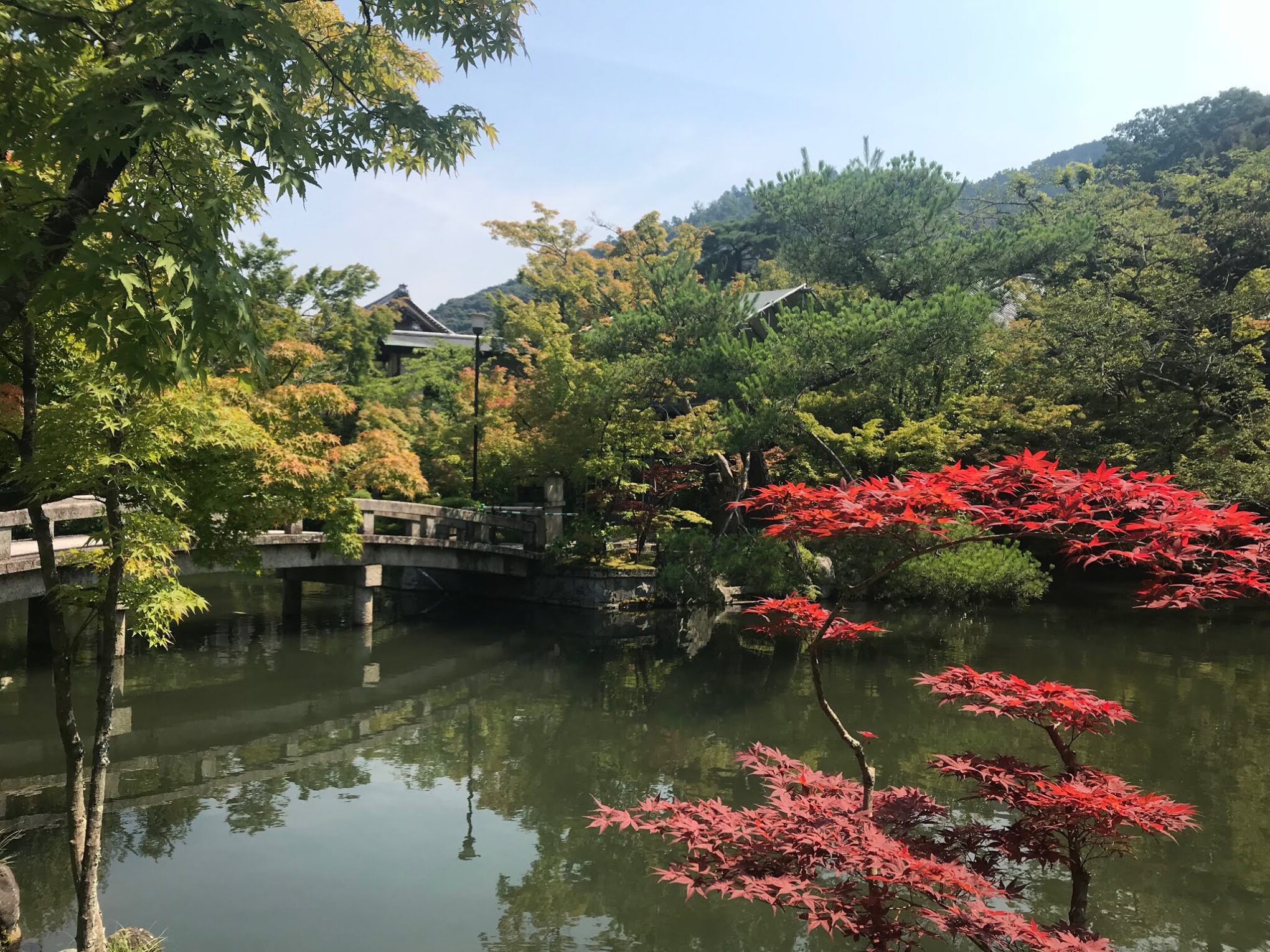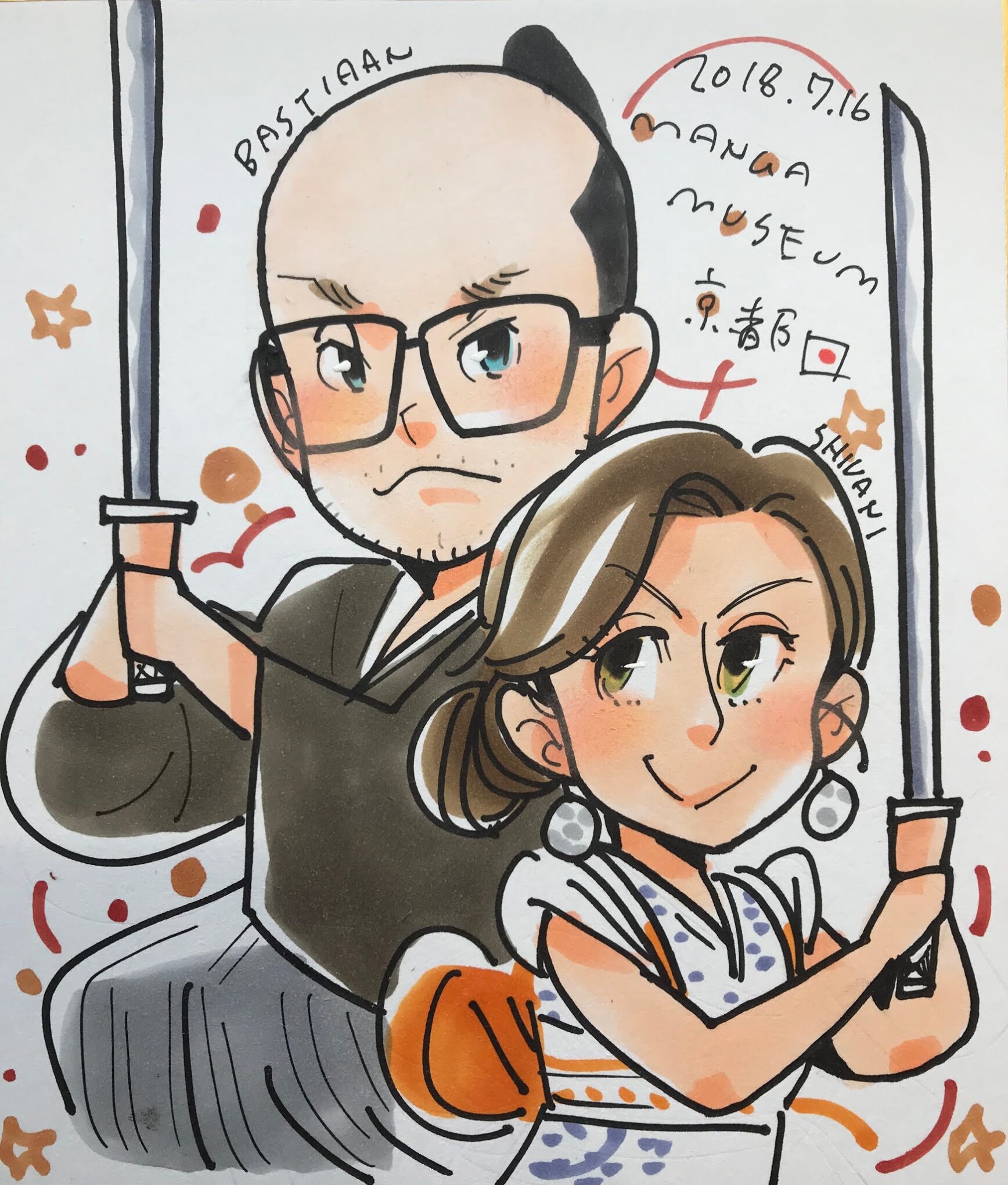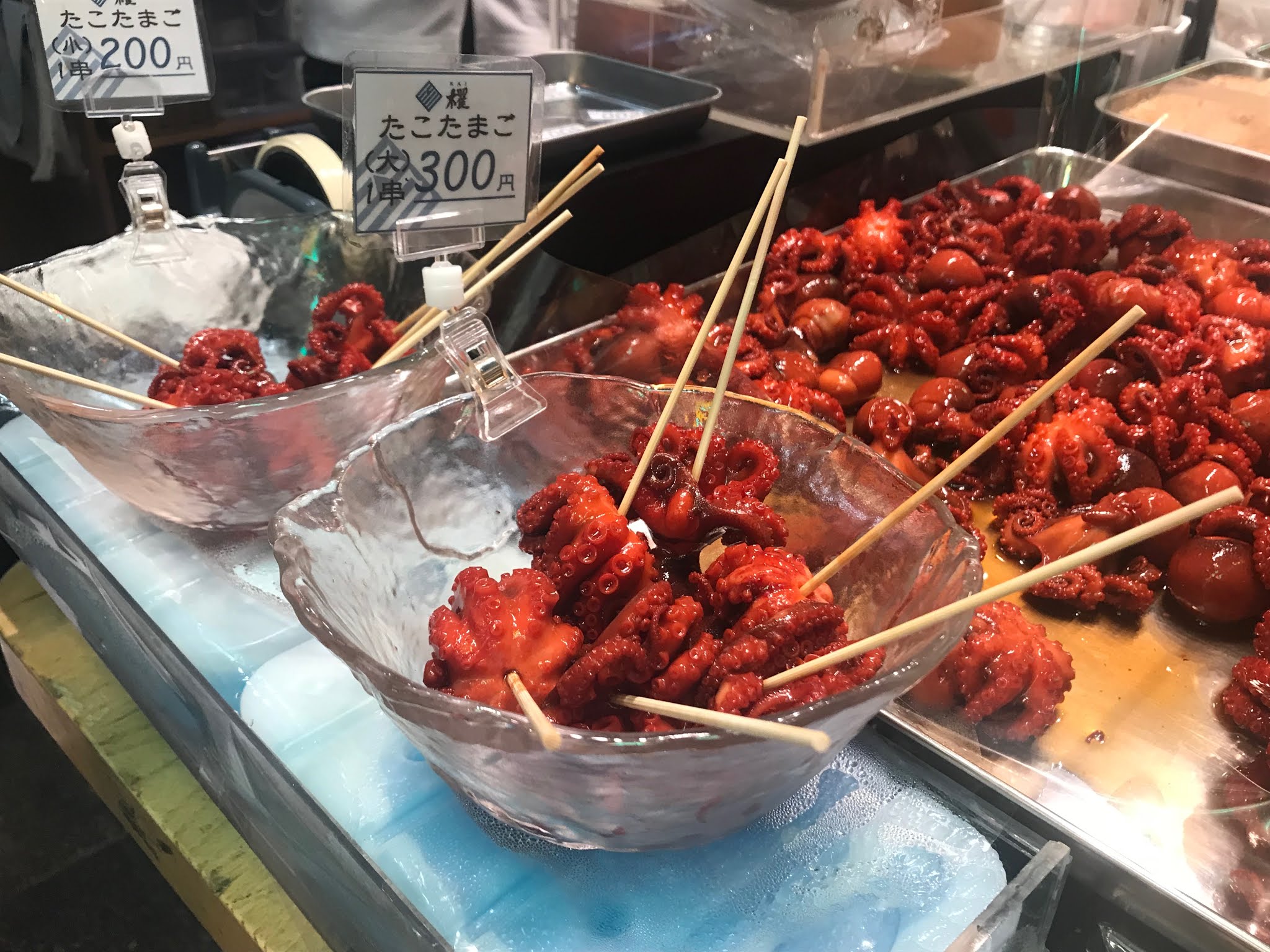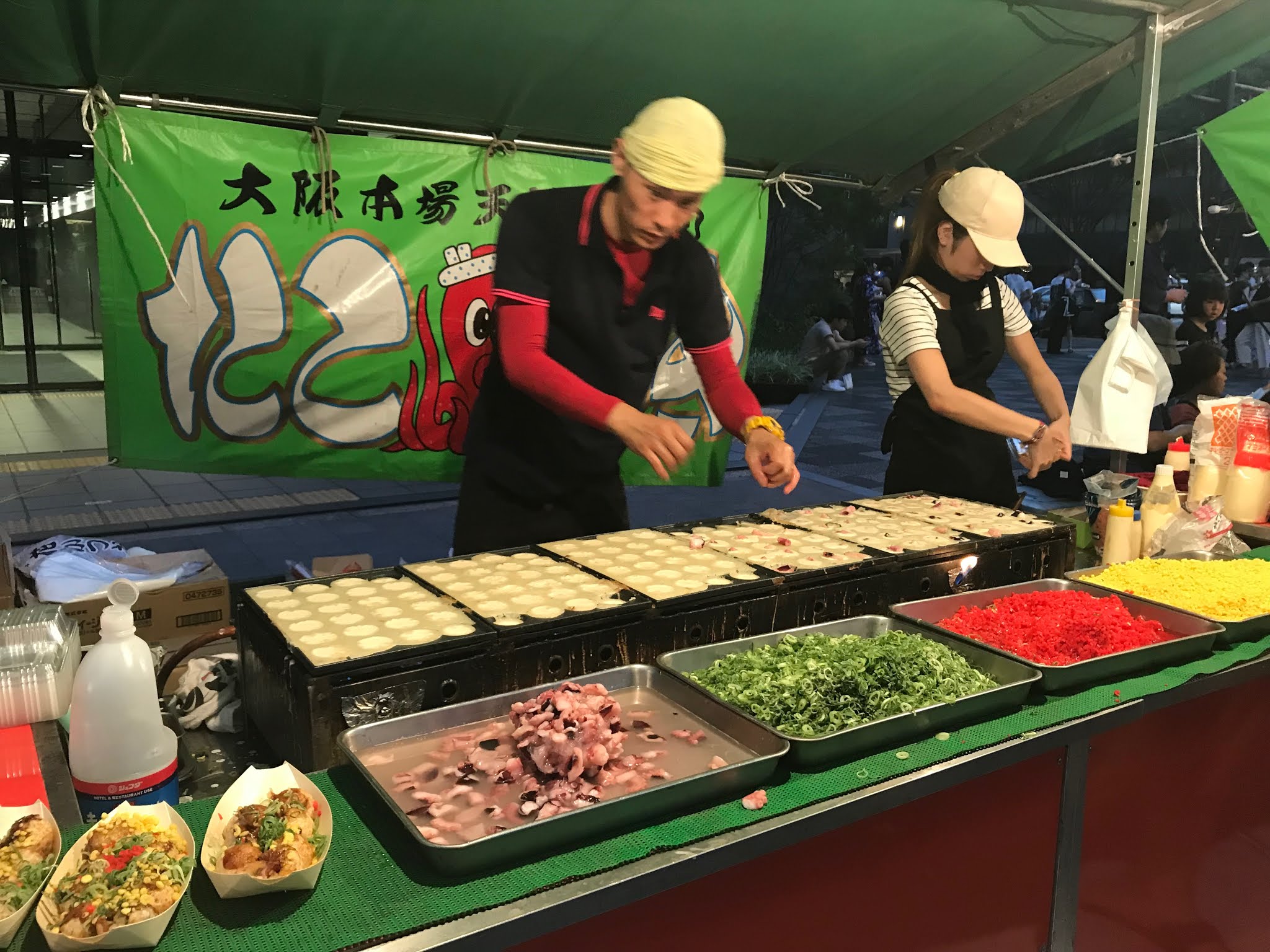Culture in Kyoto
Kyoto is old Japan with large, atmospheric temples, majestic gardens and geishas. It served as Japan’s capital and the emperor’s residence from 794 until 1868. It’s Japan’s spiritual heart, with a countless number of temples and shrines. Even in the the modern city itself, a waft of incense, the sights of vermilion torii gates and the sound of the flute are regular reminders of the spiritual nature of this city.
There are so many temples to choose from, but I absolutely loved Fushimi Inari Shrine, Eikando Temple and Kinkaku-ji Temple.
Fushimi Inari Shrine is a shinto shrine famous for the thousands of torii gates along the trails behind the main shrine buildings. The trail leads into the forest of Mount Inari, 233 meters high. There are also a number of fox statues, as the fox is thought to be the messenger of Inari.
Eikando, formally known as Zenrinji Temple, belongs to the Jodo sect of Buddhism. In the early Heian Period, the priest Shinjo built a training hall for the practice of Shingon Buddhism. Ten years later, Shinjo recieved permission from Emperor Seiwa to establish a temple on the site. The temple is built along the base of the hillside and connected by wooden cooridors. The pagoda is nestled within the trees on the hillside above, making for spectacular views of the temple grounds and downtown Kyoto. The pond, Hojo, has a garden cultivated at the base of the temple, which has beautiful colours.
Kinkaku-ji, the famed golden pavilion, is a Zen temple with the top two floors completely covered in gold leaf. It’s formally known as Rokuonji and was the retirement villa of the shogun Yoshimitsu, but became a Zen temple following his death in 1408. While you cannot enter the temple, it’s a beautiful site to see, and the gardens are also a nice spot.
In addition to temples and shrines, I also visited the Imperial Palace. Kyoto’s Imperial Palace used to be the residence of the Imperial family until 1868, when the emperor and capital moved to Tokyo. While you cannot go into the palace, the tour around it and the gardens itself are really nice.
Just outside of the city is Arashiyama. The walking path that cuts through the bamboo grove is a nice walk, and there is also the Iwatayama monkey park, where 140 Japanese monkeys roam freely.
And just inside the city, and a nice break from being outdoors (especially in 35 degree heat) is the Kyoto International manga museum. You can learn more about manga and have an artist to draw you as a manga character!
In terms of food, the city is crammed with everything from Michelin star restaurants, cool bars and small restaurants, making it easy to spend an afternoon slurping down steaming bowls of ramen and slipping into food coma after. At the heart of the culinary scene is Nishiki market, a narrow street lined by more than a hundred shops and restaurants — you can get everything from fresh seafood and produce to knives and tea sets. It’s a great place to find the local specialities like Japanese sweets and grilled seafood on a stick.
That said, while Nishiki market has a great food selection, we visited Kyoto during Gion Matsuri, so this festival outdid everything.
Gion Matsuri is the festival of the Yasaka shrine and the most famous festival in Japan. The main reason for the popularity of the festival is the sheer size of the floats, which are up to 25 meters tall and weigh up to 12 tons, which are also elaborately decorated and represent unique themes. The festival dates back to 869 as a religious ceremony to appease the gods during the outbreak of an epidemic. Today, the festival takes place throughout July but the parade of floats on the 17th is the highlight. We were lucky enough to experience the events leading up to this — seeing the floats being prepared and visiting the inside of a float and enjoying the street food and festivities on the 15th and 16th evenings, where the streets are closed to cars and the food stalls take over.
We also woke up on the 17th morning and had a chance to watch the parade. While you can purchase seats for 3,000 yen, we were glad we didn’t because the seats were in the sun and the Japanese people are so kind and orderly that there was plenty of space to stand in the shade and watch the floats go by.
Ippudo Ramen may be a chain, but the ramen is amazing, and the little gyoza are bite size pieces of heaven. I went to the Nishiki location in Kyoto and the queue was worth the wait.





















